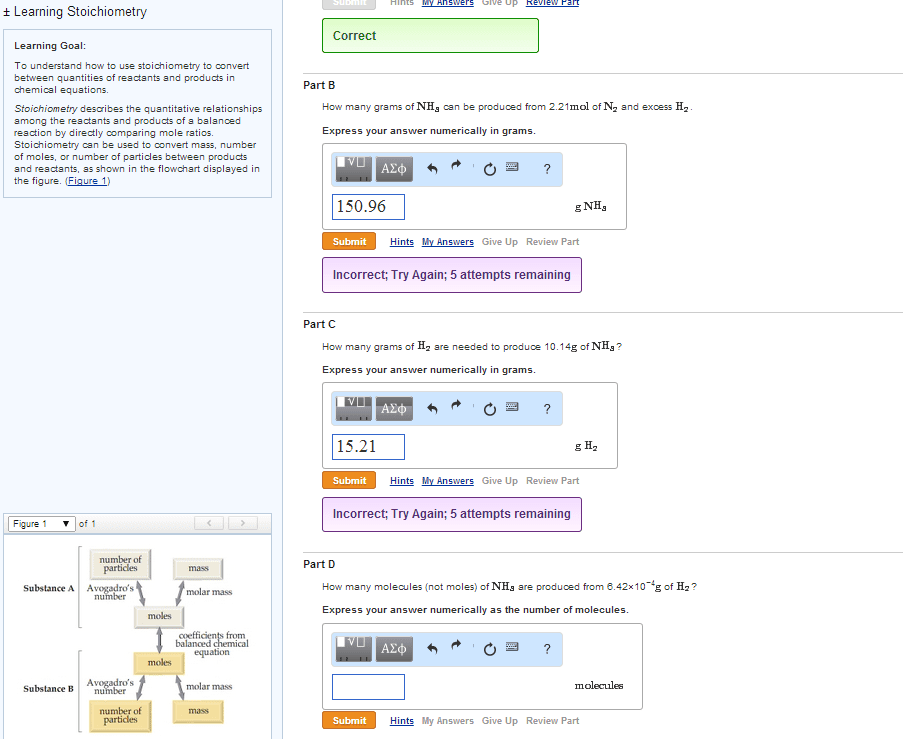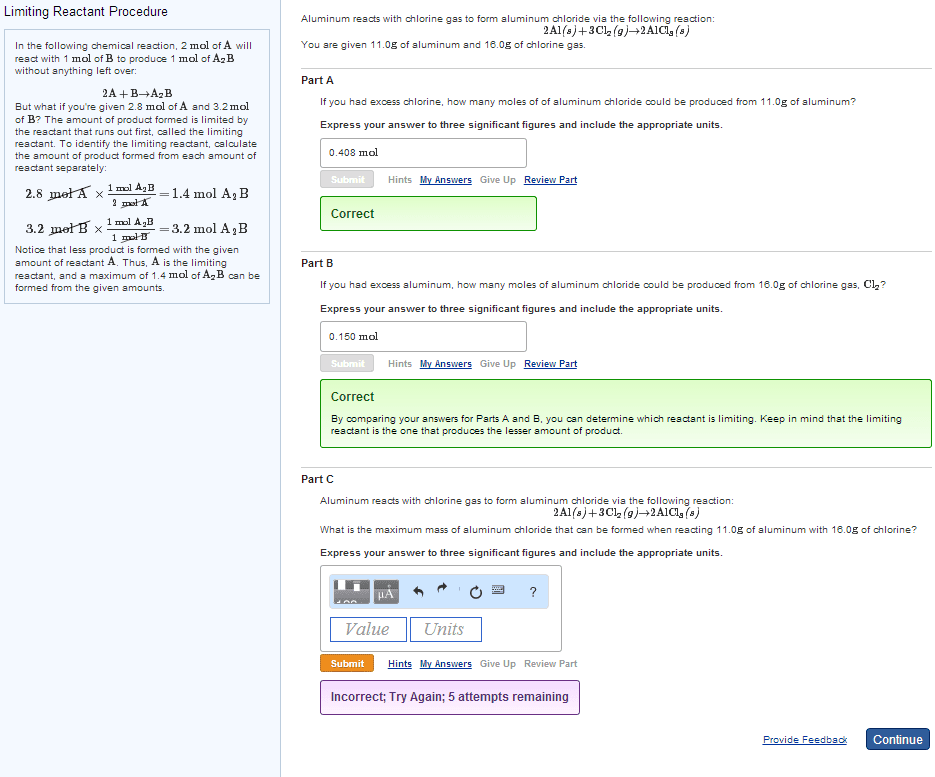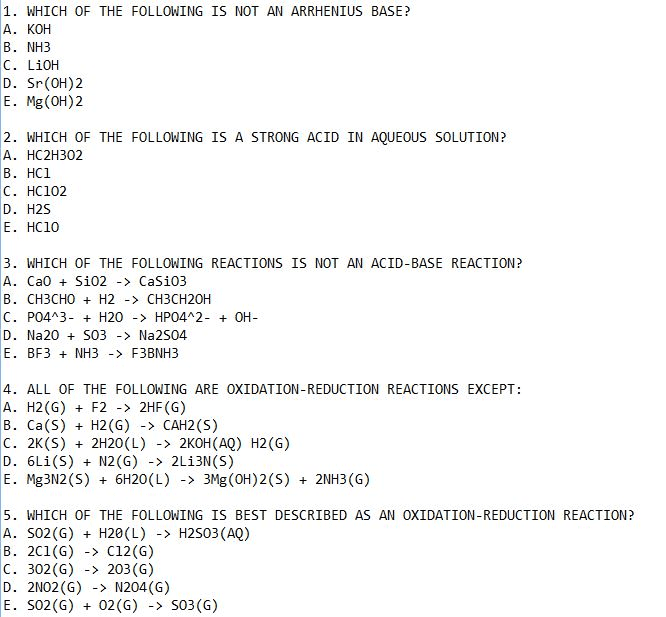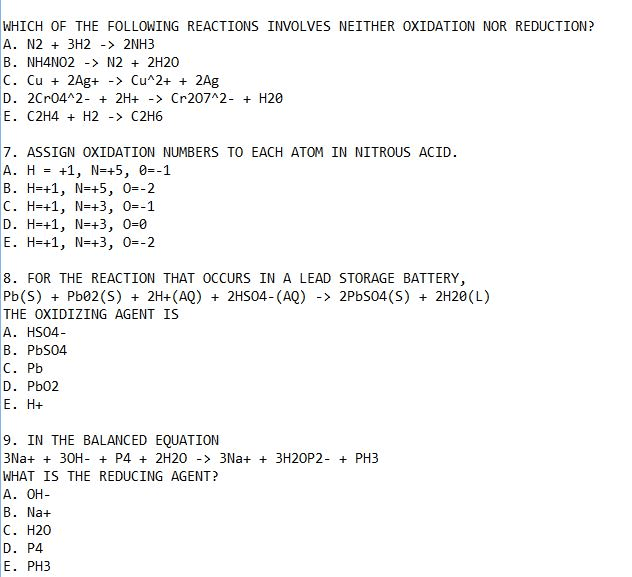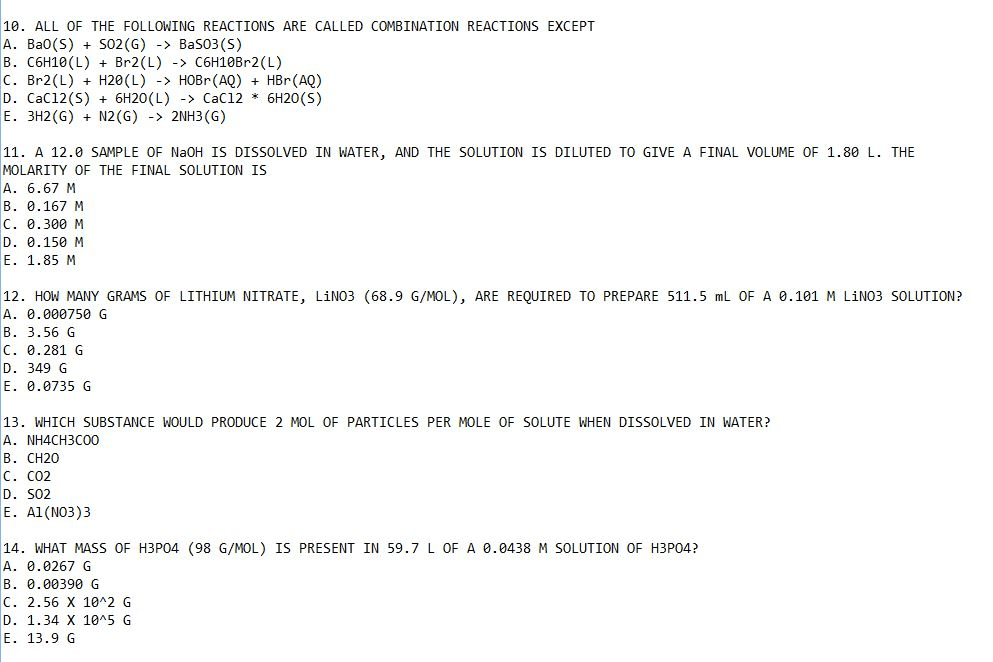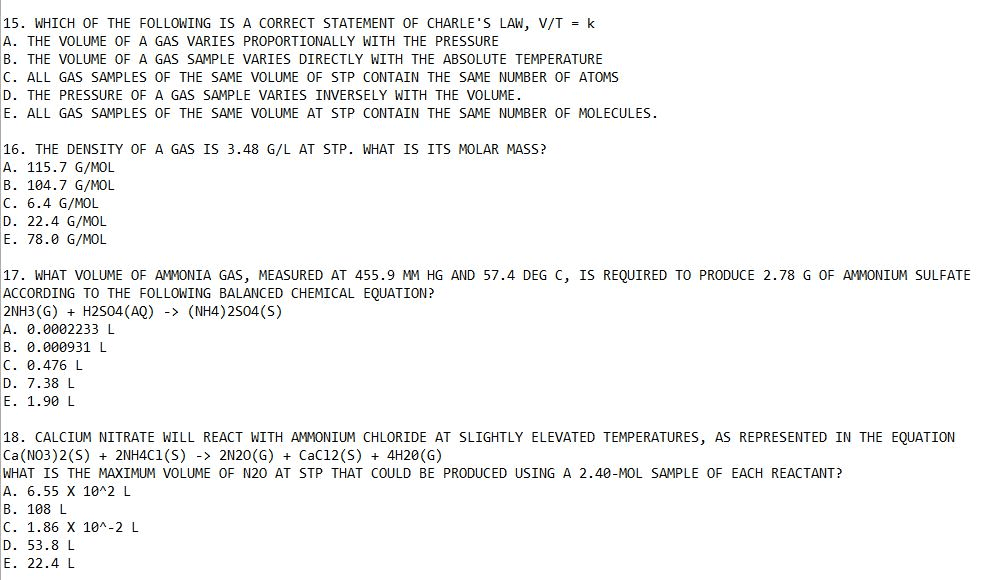CHEM1201 Lecture Notes - Lecture 16: Calcium Hydroxide, Sodium Carbonate, Alkali Metal

Why is the number of moles so important?
- Calculating quantities needed to make up solutions of specific concentrations
(molarities)
- Calculating the quantities of both the reactants required to carry out a chemical
reaction, and the amounts of products that will be formed
- Understanding and describing chemical reactions requires:
o A balanced chemical equation
o Relative amounts of each reactant needed
o Relative amounts of each product made
- These relationships are described in terms of moles
o 2NaCl(aq) + Pb(NO3)2(aq) → PbCl2(s) + 2NaNO3(aq)
o 2 mole + 1 mole 1 mole + 2 mole
o to precipitate 0.5 mole PbCl2(s) how many moles of:
▪ NaCl are required? 1 mol
▪ Pb(NO3)2 are required? O.5 mol
Acids:
- Molecular compounds that releases H+ ions in H2O solution (H3O+)
- Usually consists of H atoms (written first) and atoms of a non-metal
(or group of non-metals)
- examples of binary acids:
o HF hydrofluoric acid contains fluoride
o HCl hydrochloric acid contains chloride
o HBr hydrobromic acid contains bromide
- Examples of oxyacids:
o HNO3 nitric acid contains nitrate ions
o H2SO4 sulfuric acid contains sulphate ions
- Organic acids:
o CH3COOH acetic acid contains acetate ions
o C6H5COOH benzoic acid contains benzoate ions
Acids in water solution:
- Acids dissolve in water to give the hydronium ion H3O+ (a more accurate description f
H+ in water)
o HCl(aq) + H2O(l) → H3O+(aq) + Cl-(aq)
o H2SO4(aq) + 2H20(l) → 2H3O+(aq) + SO4
2−
(aq)
o CH3COOH(aq) + H2O(l) → H3O+(aq) + CH3COO−
(aq)
- H3O+ is sometimes abbreviated to H+ when water is left out of the equation
o HCl(aq) → H+(aq) + Cl-(aq)
o H2SO4(aq) → 2H+(aq) + SO4
2−
(aq)
Acid strength:
- Acids can also be classified into weak and strong acids
o Depends on the ease with which the acid releases its H+
- Strong acids:
o Completely dissociate to give ions in solution
o Most binary and oxyacids are strong
o E.g. HCl, HBr, HI, HNO3, H2SO4
find more resources at oneclass.com
find more resources at oneclass.com
Document Summary
Calculating quantities needed to make up solutions of specific concentrations (molarities) Calculating the quantities of both the reactants required to carry out a chemical reaction, and the amounts of products that will be formed. Understanding and describing chemical reactions requires: a balanced chemical equation, relative amounts of each reactant needed, relative amounts of each product made. Molecular compounds that releases h+ ions in h2o solution (h3o+) Usually consists of h atoms (written first) and atoms of a non-metal (or group of non-metals) Examples of binary acids: hf, hcl, hbr hydrofluoric acid hydrochloric acid hydrobromic acid contains fluoride contains chloride contains bromide. Organic acids: nitric acid sulfuric acid contains nitrate ions contains sulphate ions: ch3cooh, c6h5cooh acetic acid benzoic acid contains acetate ions contains benzoate ions. Acids dissolve in water to give the hydronium ion h3o+ (a more accurate description f. H+ in water) (aq) + cl: hcl(aq, h2so4(aq) + 2h20(l) 2h3o, ch3cooh(aq) + h2o(l) h3o+


